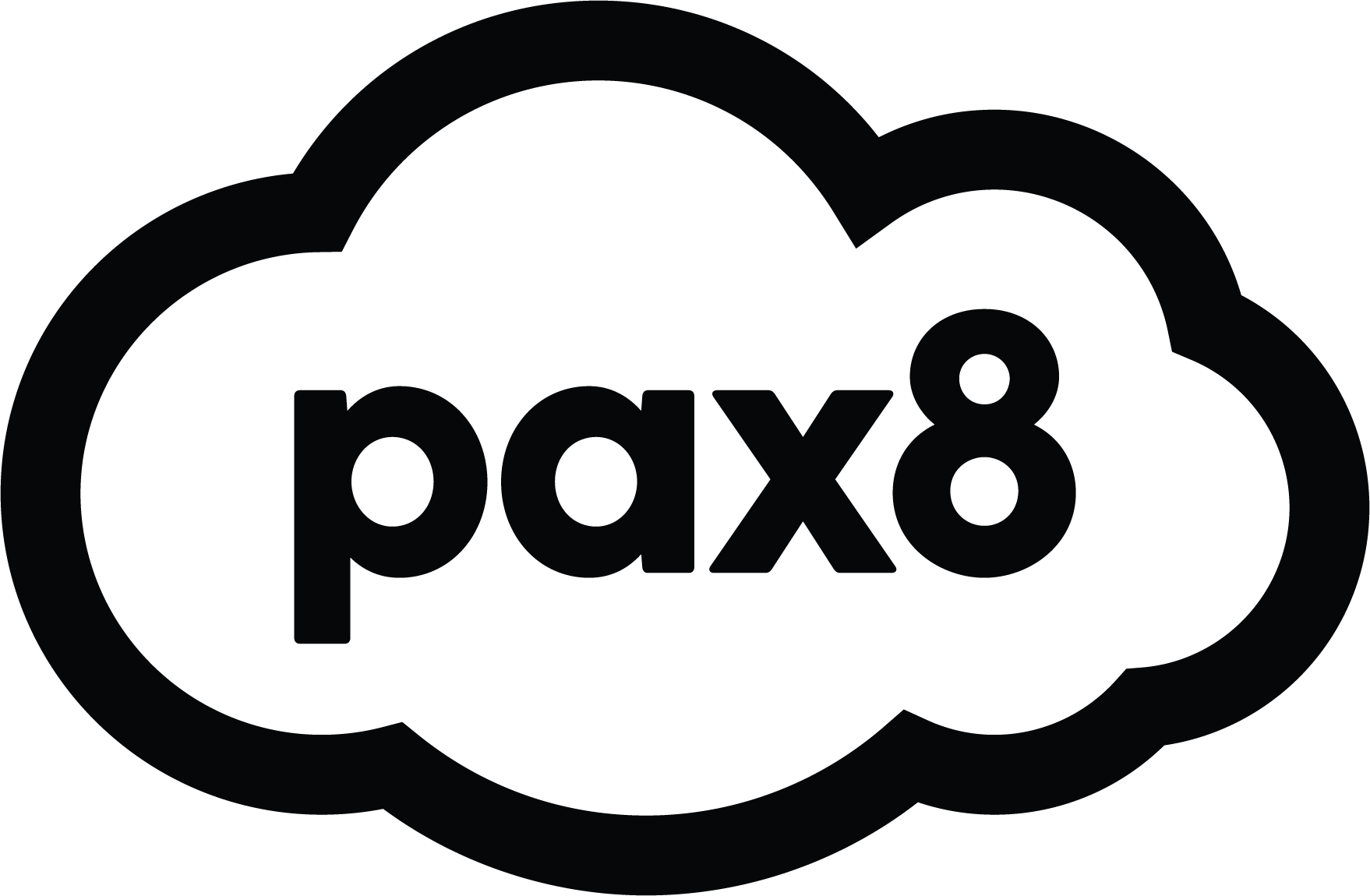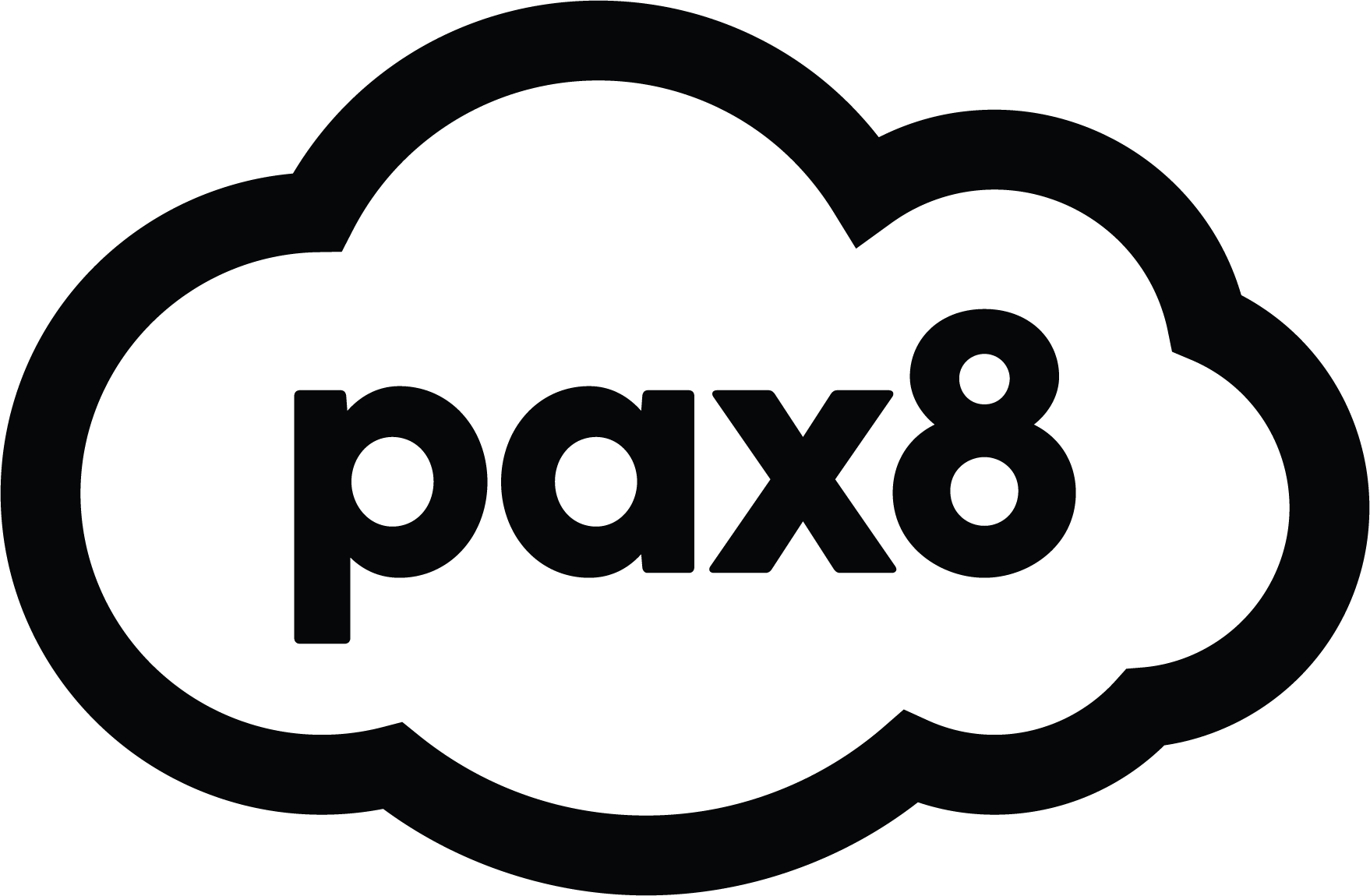



For years, distributors were the middlemen of the channel: the “pick, pack and ship” operators moving products from vendor to partner to customer. But in Australia’s technology sector, that role has been shifting fast.
According to channel partners — from fast-growing MSPs to national integrators — distributors are now under pressure to deliver deeper strategic value, richer market insights, and support that goes far beyond logistics. As margins tighten, customer demands accelerate, and AI reshapes the market, the distributor–partner relationship is becoming more collaborative, consultative, and multi-layered.
The most effective distributors today are co-strategists, solution builders, and market guides, often extensions of a partner’s sales, marketing, and technical teams. They sit in go-to-market planning sessions, help identify gaps, and increasingly offer services from AI-enabled automation to complex licensing support.
While the traditional role is not dead, the winners are those who have shifted from transactions to true strategic enablement.
From Fulfilment to High-Order Value
Omdia chief analyst Trevor Clarke told techpartner.news the days of judging distributors purely by logistics are over.
“It was all about who had the best logistics, who could get me inventory fastest, and who could do it at the best price. But that conversation is a long time in the past now. If anyone’s still looking at distributors in that way, they should take a look at what some of the newer players are doing; it’s a fundamentally different game,” he said.
Clarke pointed to acquisitions, private equity activity, SaaS licensing, and megatrends like AI, security, and modernisation as the new battleground.

“They’re in the classic middleman position, so they’re still figuring out the best balance of value-added services and how they can help partners transform in line with customer trends.”
Logicalis Australia general manager Lisa Fortey said distribution is “being stress-tested like never before.”
She said the most effective players are stepping up with “strategic enablement, demand generation funds, flexible financing, ecosystem support, and even market insights. The ones making a real difference are enabling speed to value through automation and integration.”

To formalise expectations, Fortey said Logicalis created its own distributor partner program, modelled on its vendor structure, with tiered levels: strategic, aligned, and foundational.
“Ultimately, the distributors that succeed embed themselves into our organisation so we operate as one team. That’s the benchmark for success in my eyes.”
Interactive CEO Alexandra Coates also sees distribution as a “strategic ally” in a value chain where speed has become the new competitive currency.
“I don’t see distributors, particularly those that support Australian service providers like us, as just suppliers of technology. I see them as critical partners, strategic allies, with a deep understanding of the local market, just like us. We’ve all got a role to play in helping all boats rise, and it’s an industry play, not a solo endeavour,” Coates said.
“We need to stitch the entire value chain together in a collaborative way. It has to deliver value to the customer, and it needs to be fast.”
Indeed, times are changing. For Infront CEO Allan King, he said his company once had a “light-touch engagement with distribution,” but has shifted in recent years.

“We’ve had to flex our portfolio and adopt next-gen platforms from distributors for our managed services piece. They’re evolving, adjusting, but also becoming very focused on strategic engagement. They recognise that a simple top-and-tail is no longer enough. Their position is now defined by a much higher order of value.”
Similarly, Tecala Group’s chief commercial and risk officer Sherran Evans sees the same change at play.
“It’s moving from being purely transactional to more of a partnership. The better distributors work with you, rather than just moving a purchase order around. That includes working alongside us with our clients, helping position products, providing demo units, and offering value-add services. As a business, we can’t deal with 50 vendors — we need distributors to consolidate and help us liaise.”

Q&A with Ben Johnson, General Manager - Marketing & Strategy, Australia and New Zealand, Dicker Data
When evaluating which distributor is the right fit, start with a clear view of where you want your business to be in the next five years. From there, assess the value-add services, technologies, and capabilities you need from your distributor and the broader technology ecosystem to achieve those goals. Your distributor should be a true partner in your success, not just a supplier.
What Partners Want
Across the board, partners want partnership, and not as a soft, feel-good term, but as a measurable, practical expectation.
According to Evans, that means distributors who co-own customer problems.

“When things go wrong, we work together to get them sorted. That includes helping us with value-added services, whether that’s logistics or something else, to solve our customers' problems. We also look to the better distributors for assistance with marketing campaigns. We don’t sell a product; we sell a solution, so being able to work with them to solutionise is key.”
She also stressed that access and engagement matter.
“It’s a two-way street. The better ones are those where we have a quality account exec team in place. The ones that aren’t as good are where we can’t even get someone on the phone. We’re just transactionally buying something and hoping it doesn’t go sideways.”
At Logicalis, Fortey said the strongest partnerships involve joint campaigns.
“Some even run outbound sales on our behalf. Equally, where we lack expertise in-house, we utilise the distributor to help with pre-sales engagement.”

King believes much of the value comes in net-new engagements.
“The reality is in order to engage a new vendor, we need the support of the distributor to make the right connections and ensure we understand the often complex licensing models.
“For us, the value isn’t necessarily in crafting the response, but in the timeliness of pricing, the clear and articulated value around those pricing models, and managing fluctuations in an erratic exchange rate market. Being flexible in how we construct government bids is paramount, and that only comes from deep engagement and an understanding of both the risk and the reward of a win.”
For Infront's King, trust is also non-negotiable.
“We’ve worked with distributors we didn’t trust — and it made us pull back. Trust is really important. The solutions we deliver, the strategies we build, the differentiation we’re trying to craft – those have to be one-to-one discussions. If they take that and amplify it out to other partners, it undermines the whole process,” he said.
“Our market is driven by clear deadlines; one second late and the portals close. Vendors can be slow, but distributors often expedite quotes and proposals, and that’s really important.”
Interactive’s Coates frames it as a matter of shared values. She stresses the “how” of partnership – another area of trust.
“When I think about what we’re looking for, there’s this concept of value interlock. Do we have shared values? Do we meet in the middle? Transparency, customer focus, trust, speed, simplicity — those are what set the foundation of a partnership.”
Where Distributors Add Value
Partners consistently point to three areas: strategic enablement, market intelligence, and speed.
Fortey said distributors play a critical role here.
“We’re increasingly leaning on them to build opportunities through multi-vendor solutions, especially in cyber, AI, and hybrid cloud. Customers expect speed, intelligence, and value. That’s why we value partners who focus on strategic alignment, enablement, and the ability to help us scale with outcome-led services.”
King sees unique value in market insight – and in helping partners avoid “me too” conversations.

“We’re looking for partners who are a force multiplier for our go-to-market, but we’re also looking for differentiated positions. We rely on the distributor to help us navigate that. They have the insight into what’s selling, what’s not selling, and work with the vendor to identify where the gaps are in the market — where a professional services business like ours can add value. With their insight, we can define opportunities quickly and differentiate our approach.”
Coates highlighted joint planning as another area of strength.
“We like to enter into strategic reviews, not just to talk about transactions, but to discuss trends and what we might do differently. They’re a key consideration in our go-to-market strategy.”
Evans said mutual investment is also critical.
“With the better ones, we’re both investing in the relationship. We want to work with them, and they want to work with us – that’s what builds the business,” she said.
“Stock, to some degree, is important, but we’ve been through the supply issues over the last few years and things are improving. If you need something in a hurry, you’ll go to whoever has it, but that’s secondary for us: We’ll always work first with distributors that are engaging and collaborating with us.”
At the same time, Clarke said many partners underestimate the commercial leverage a distributor can bring.
“If you have a good, proactive relationship, you can shorten your learning curve, tap into MDF, and accelerate returns.” - Sherran Evans, chief commercial and risk officer, Tecala Group

Q&A with Danni Munro, VP of Sales ANZ, Pax8
Look beyond pricing and transactions. The right marketplace should feel like an extension of your business — enabling growth, building community, and aligning with your long-term goals. Ask: does this marketplace deliver innovation first? Does it provide enablement, education, and real support? And will it help me transform my business to meet the needs of the future? With the right marketplace partner, the answer to all three should be a clear “yes.”
Persistent Frustrations
Despite progress, pain points remain: poor account management, misaligned margin models, and slow processes.
Evans was blunt about the weakest links.
“Some distributors fall down on client relationship management and lack credible account teams. If you can’t get a phone call answered, that's a problem,” she said.

“We want specific pre-sales and technical advice, working with our technical people to make sure solutions are fit for purpose and bills of materials are correct. The better distributors will even join customer conversations with us.”
“It’s hard, I wish some would invest more in having people we can actually talk to. We’d spend more with them if they did.”
Fortey identified three recurring challenges: fragmentation, margin pressure, and misalignment.
“Too many programs, platforms, and rules. Many distributor programs are still built around resellers, not MSPs. Those who pivot will thrive alongside us.”
“With margin compression, obviously there are lots of competitors doing some pretty crazy things out there at the moment, but we’re also starting to see a tightening of rebates and rising costs. We need consistent commercial models that offer smarter support and allow us to maintain the sense of profitability we used to have.

“And then there’s misalignment. Many distributor programs are still built around resellers, not managed service providers or integrators selling managed or recurring services. Distributors who can pivot to actively support these types of partnerships will be the ones that thrive alongside us.”
King flagged margin tension in competitive bids, especially when the distributor’s cut far outweighs the partner’s after long sales cycles — sometimes 18 months or more.
“There needs to be a shared risk model with vendors and distributors,” he said.
“In top-and-tail quotes, if the margin balance is skewed, it can make it futile to pursue certain opportunities.”
Omdia’s Clarke pointed to operational inefficiencies, from slow quoting to clunky partner portals, as ongoing barriers, and stressed the need to stay front-of-mind.
“You don’t want to be an afterthought. You want to be one of the first calls when there’s a new opportunity or program.” Clarke said.
He also highlighted the challenge of standing out in a crowded market.

“The security conversation is still huge … the threat landscape continues to get more challenging, with new layers like legislation, geopolitical shifts, and evolving standards. Some distributors are starting to help with that — supporting governance, auditing, certification, and even OT security.”
Meanwhile, Coates pointed to the ongoing issue of modernisation.
“The challenge for distributors is almost the same as for customers: how can you provide a great digital experience for those consuming your products and services?
“We need distributors to modernise: how they engage with us, how they support us, and, in turn, how they support our customers. We need them to think seriously about digital engagement, and we've got a role to play there too.”

Q&A with Robbie Upcroft, Country General Manager – ANZ at Tech Data, a TD Synnex Company
Choose the distributor who delivers the best service for your business — not just in logistics, but in strategic support, access to platforms, enablement, and innovation. Ultimately, it’s about finding a distributor who helps you simplify complexity, accelerate your go-to-market, and grow confidently in a competitive landscape.
AI and Automation: Opportunity and Risk
Across every conversation, one theme emerged: AI must be tied to measurable outcomes. Partners see huge potential in distributors providing AI sandboxes, proof-of-concept funding, and access to multi-vendor solutions.
Evans warned against hype.
“If you put in AI and it’s just serving up what I could get from ChatGPT, that's of no value. But if you’re deploying agents that genuinely problem-solve, and then using people to sanity-check, you’ll be far more efficient.”
Fortey believes AI can enable smarter engagement.

“From propensity modelling to automation, distributors can help us go deeper with customers, identify renewals, and generate new ideas that add value.”
King agreed, “We’re now building out AI-based initiatives with strong use cases and clear value propositions. Relevant AI initiatives that drive productivity and close skills gaps are what matter.”
Coates sees AI reshaping distribution in waves.
“First, humans with an assistant. Second, agentic AI in supply and procurement. Third, predictive supply chain management. With agents and strong datasets, we’ll proactively see what needs to be ordered — meeting customer needs with speed we’ve never seen before.”
Clarke highlighted the infrastructure impact and said partners should demand clarity.
“One big change partners should ask about is a distributor’s roadmap for automation and AI. What are they actually going to do — and what does that mean for partners? Those are big questions.”
Where to From Here?
Partners agree distribution is at a turning point. Relevance is no longer measured in boxes shipped, but in strategy, market insight, and relationships that drive growth.
For Fortey, she’s excited by the endless possibilities.
“We’ve got some really amazing relationships with the distributors we work with, and it’s the art of the possible. Working together to get the right outcomes for our customers and build a bigger business for us is probably what excites me the most.”
And Coates said the future will demand agility.
“It’s not about replacing the old playbook with a new one; it’s about writing a different play for every game. The partners and distributors who will win are the ones who can see the opportunity, align quickly, and execute together with the customer at the centre. That’s the work now.” - Alex Coates, CEO, Interactive
What’s Hot, What’s Not, What’s Next:
Here’s how each leader sees the market right now, and where they believe distribution is headed.
Logicalis, Lisa Fortey:
- Hot – AI, cyber, hybrid cloud.
- Not – Traditional distributor models that pick, pack and ship.
- Next – Distributors that can bring insights, space and scale will thrive; those that stay transactional will be left behind.
Interactive, Alexandra Coates:
- Hot – The notion of customer centricity is boiling hot. It’s about always walking a mile in your customer’s shoes, understanding their needs for today and tomorrow, and meeting their unmet needs with an ecosystem around you. Customer centricity and collaboration together will be your competitive advantage moving forward.
- Not – Siloed, selfish thinking. You can’t come to the table with a sheltered, closed mindset. You have to be prepared to share your perspective and work with competitors, partners, anyone in the industry to get to a better outcome quickly.
- Next – A massive wave of change in leadership, customer engagement, and how companies think about themselves. Change will highlight the next five to ten years in a big way.
Omdia, Trevor Clarke:
- Hot – The data centre boom to host AI workloads is massive — unprecedented investment in facilities, power, and cooling. AI’s impact stretches from physical infrastructure right through to end-user applications, with countless opportunities at every stage of the supply chain.
- Not – AI PCs. People will include them in refresh cycles, but they’re not the next iPhone moment. Most people aren’t running their own models locally.
- Next – The very difficult cultural and business questions when AI agents become good enough to replace certain human roles — what that does to customer relationships, distributor culture, and the value proposition built on people.
Tecala, Sherran Evans:
- Hot – Distributors working closely with us on our marketing and go-to-market plans — not just pushing a product, but helping solutionise for our customers.
- Not – Some distributors fall down on client relationship management, lacking credible people we can work with.
- Next – How we all work together on automation and AI — developing efficiency mechanisms that benefit both sides.
Infront, Allan King:
- Hot – Relevant AI initiatives with strong use cases, driving productivity and closing skills gaps. AI security is also critical — securing the engagement of clients, customers and users with AI engines, ensuring sovereignty, preventing data leakage, and protecting large language models.
- Not – Lack of engagement and true differentiation. Customers often see all partners as the same, and too many vendors are regurgitating the same products with new labels instead of innovating.
- Next – Cloud governance, AI security, and new virtualisation strategies. Distributors are helping us accelerate go-to-market in these areas, particularly around cyber resiliency and FinOps capabilities.

.png)


